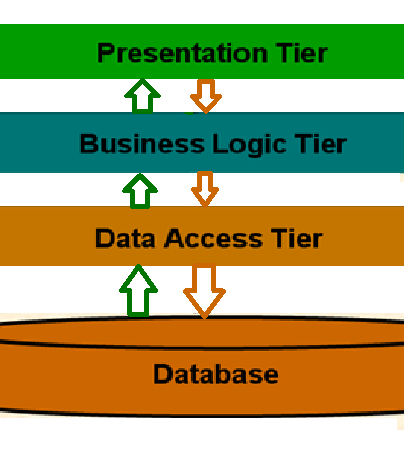Null Reference Exception
What is a Null Reference Exception:
A Null Reference Exception
(often called a NullPointerException in some languages like Java) is a
common runtime error in programming that occurs when your code tries to use an object
reference that has not been initialized (i.e., it points to null or None).
What is a "null reference"?
A null reference means a
variable exists but does not point to any object in memory. It’s like
having a remote control (the reference) that isn’t paired to any TV (the
object). Trying to use it does nothing—or worse, causes an error.
What causes a Null Reference Exception?
A Null Reference Exception
happens when you try to:
- Access a method or property on a null object.
- Index into a null array or list.
- Pass a null object to a method expecting a valid one.
- Dereference a null pointer.
Example in C#:
string
name = null;
int
length = name.Length; // NullReferenceException here
You're trying to access.
Length on name, which is null, so the runtime throws an exception.
Example in Java:
java
String
name = null;
int
length = name.length() ;// NullPointerException here
How to prevent Null Reference Exceptions:
- Check for null before using a variable:
if
(name! = null)
Console.WriteLine(name.Length);
- Use default values or optional types:
string
name = input?? "default";
- Use null-safe operators (if supported):
- C#: name? Length
- Kotlin: name?
Length
- JavaScript/TypeScript: name?
Length
Asp.net Related Other Post:



Comments
Post a Comment